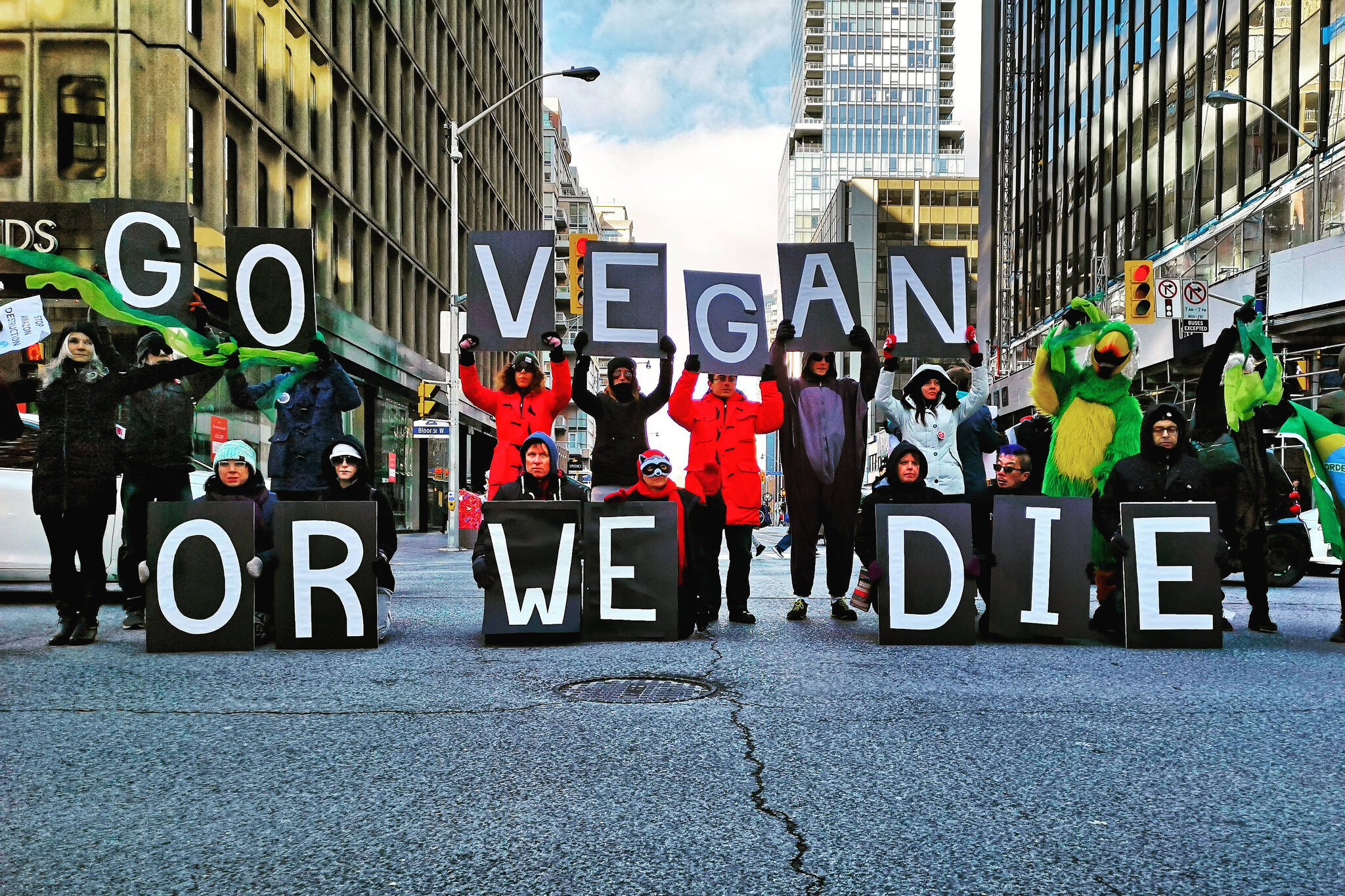
Note: This is an article I wrote for the Climate Reality 11th Hour Column at the Manila Bulletin. The published article is slightly edited, but in this blog, I’m posting my original article in full. Click here for the published piece with the Manila Bulletin.
A few years ago, this statement came splashed all over newspapers, magazines, and social media: “A vegan diet is probably the single biggest way to reduce your impact on planet Earth, not just greenhouse gases, but global acidification, eutrophication, land use, and water use.” It came from Joseph Poore, an Oxford researcher. Poore looked at the overall impact of our food systems on the environment.
But first, what is veganism? The Vegan Society defines veganism as “a philosophy and way of living which seeks to exclude—as far as is possible and practicable—all forms of exploitation of, and cruelty to, animals for food, clothing or any other purpose; and by extension, promotes the development and use of animal-free alternatives for the benefit of animals, humans and the environment. In dietary terms, it denotes the practice of dispensing with all products derived wholly or partly from animals.”
There is indeed diet in the definition, but clearly, it shows that veganism is not just about diet, but a way of life that seeks to end animal exploitation. With the definition clarified, let us look at the findings of the Oxford study.
The study examined 40,000 farms in 119 countries and some 40 agricultural products consumed by humans. They found that the production of animal-sourced food (ASF) like meat and dairy accounts for the use of 83% of all farmland. It also produces 60% of agriculture’s greenhouse gas (GHG) emissions while only providing 18% of calories and 37% of protein for humans. So where do we get the 82% of calories and 63% of proteins? You guessed it right, from plants.
Another study from the University of Minnesota shows how animal agriculture is a very inefficient system, using too much land and emitting high GHG while producing only a small percentage of food for humans. Only 59% of calories produced become food and most of the loss is shown in the feed conversion ratios (FCRs). It also found that if biofuels and animal feed are dropped to focus on only food crops, instead of feed crops for animals, we can increase food calories produced by 70%. It could feed up to four billion people and solve world hunger. It could also register significant reductions in methane emissions, which is 25% more potent as a greenhouse gas than CO2. By focusing only on food crops globally, we could free up around 75% of the land being used for animal agriculture and still produce more than enough food for everyone. That’s a lot of lands that can be allotted for protected areas, rewilding, and agricultural regeneration.

The Food Agriculture Organization estimates that animal agriculture emits 18% of all GHGs, more emissions than the transport sector. Different studies and sources estimate much higher, from 25% to 51%, and claim that many animal agriculture emissions are unaccounted for. However, even FAO’s conservative estimation still accounts for almost 1/5th of all emissions. Clearly, animal agriculture is a climate issue we could no longer ignore.
Projections show that by 2050, crop production has to double to meet the demand of feeding a growing global population. If we continue to raise animals for food, they will continue competing with humans with their feed.
Considering all of these, clearly, animal agriculture is not as innocent as large producers want us to believe. Most of the subsidies that it receives pull down the price tag of ASF while increasing externalized costs. Externalized costs, or what economists call negative externalities, refer to the harmful impacts of a transaction to an unrelated third party or even the larger society. An example of an externalized cost is the pollution of water bodies where animal farms dump excretions.
In mid-September this year, the United Nations Environment Programme (UNEP), FAO, and UNDP came out with a report which reveals that 87% of all agriculture subsidies in 88 countries, including the Philippines, distort pricing and are environmentally and socially harmful. The report titled “A Multi-Billion-Dollar Opportunity” says that around USD 470 Billion of this agricultural support goes to chemical inputs harmful to humans and the environment such as pesticides and fertilizers. It was also found that the most emission-intensive products such as meat and dairy receive the highest subsidies. On the other hand, smaller landholders which are more efficient in producing 35% of the world’s food on only 12% of farmlands receive less subsidy. It’s a great illustration of economic inequity and how animal agriculture has more disadvantages than advantages.

The United Nations (UN) report proposes the repurposing of these harmful subsidies to support climate-smart practices and innovation and towards the attainment of Sustainable Development Goals (SGDs) and just climate transition.

The climate crisis requires all hands on deck. This means that every little bit helps, from reducing individual emissions through a vegan diet and a more mindful, earth-friendly lifestyle, to large-scale shifting to renewables and phasing out of industrial animal agriculture. The UN says we have a multi-billion-dollar opportunity to make a difference now. By repurposing support to harmful animal agriculture and focusing more on food crops for humans, we will be reaping the many benefits to our health, to the climate, and the environment as a whole. src

